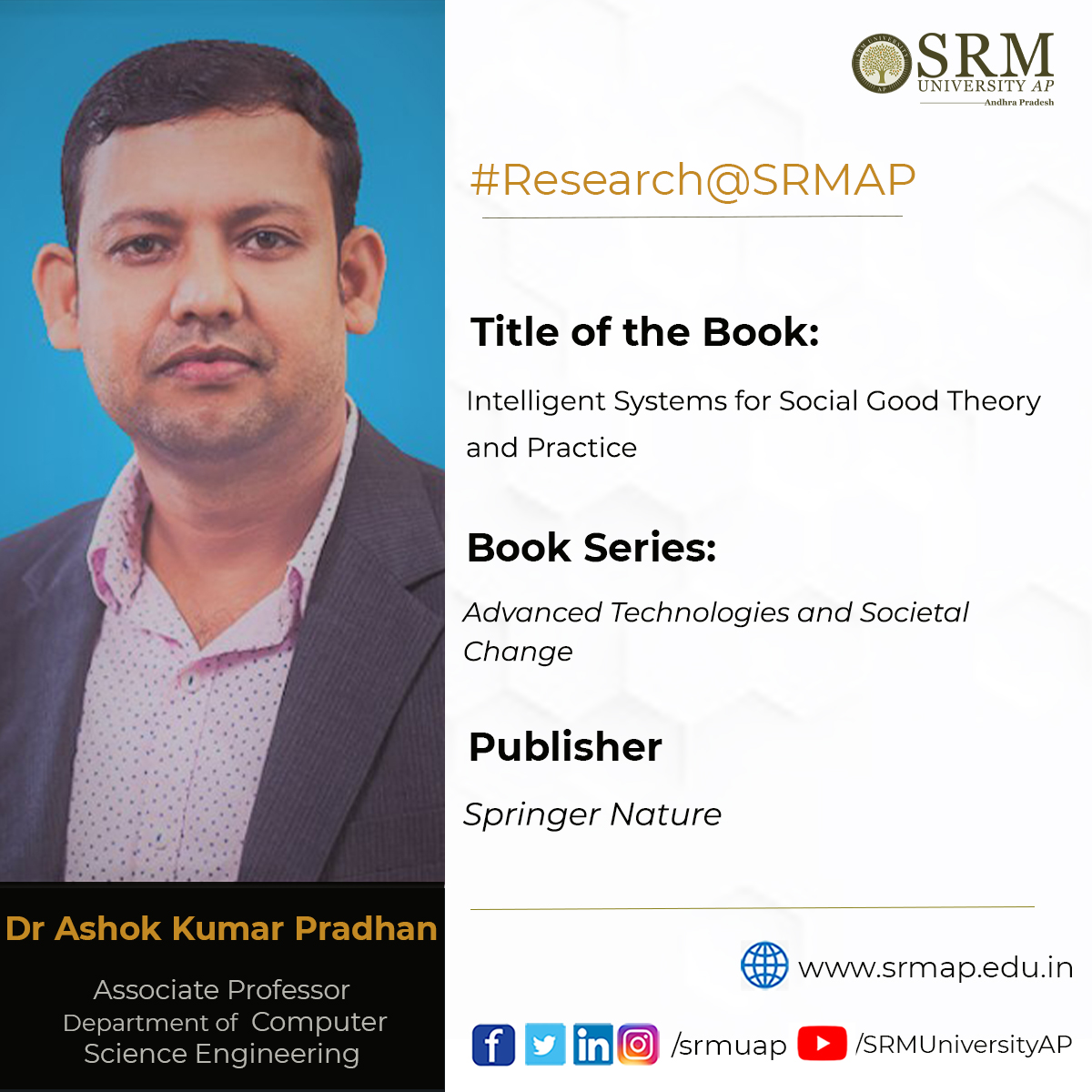Recent News
- Tummala Bhuvitha bags 3 gold in state-level rifle shooting August 12, 2022

Tummala Bhuvitha, Computer Science Engineering student at SRM University-AP showed exceptional talent in the 22nd state-level rifle shooting competition organised at Hyderabad Central University under the aegis of the National Rifle Association of India. She won the first position and 3 gold medals in the 10m air rifle shooting competitions held in senior, junior and youth categories, respectively.
More than 100 shooters from Andhra Pradesh took part in the competition held from the 4th to 7th of this month. Participating in the competition from SRM AP, Bhuvitha stunned the organisers by winning three gold medals in a row. Bhuvitha had won gold medals twice in the past in state and national level rifle shooting competitions held in different places. According to her father, Bhuvitha learned shooting techniques from Subrahmanyeshwar Rao, the coach at the Indian Academy of Shooting Sports in Vijayawada.
“I grew passionate about rifle shooting because it is an individual sport that requires so much concentration and focus”, says Ms Bhuvitha while sharing the joy of her success. University President Dr P Satyanarayanan, Vice-Chancellor Prof V S Rao and Registrar Dr R Premkumar praised Bhuvitha for winning three gold medals consecutively in state-level competitions.
Continue reading → - Combining intelligent systems for social good August 5, 2022
 Merging the calibre of two well-fledged technologies will massively impact the momentum of social life. Decoding the possible links between promising technologies would employ solutions to various societal issues. Dr Ashok Kumar Pradhan, Associate Professor of the Department of Computer Science and Engineering, gave life to this thought by publishing a book titled Intelligent Systems for Social Good Theory and Practice. He published this work as an editor in a book series named Advanced Technologies and Social Change by Springer Nature.
Merging the calibre of two well-fledged technologies will massively impact the momentum of social life. Decoding the possible links between promising technologies would employ solutions to various societal issues. Dr Ashok Kumar Pradhan, Associate Professor of the Department of Computer Science and Engineering, gave life to this thought by publishing a book titled Intelligent Systems for Social Good Theory and Practice. He published this work as an editor in a book series named Advanced Technologies and Social Change by Springer Nature.The book highlights the connection between the two technologies: Artificial intelligence (AI) and the Internet of Things (IoT). It shows the better impact of the relation between these technologies in society, using real-world examples. Each chapter in the book proposes novel solutions to societal problems along with the challenges in the application of AI and IoT to solve them. The adverse attacks on Machine Learning models and how to protect sensitive data over the IoT network are discussed in the book.
The book is significant to Dr Ashok Kumar Pradhan as applying the two technologies mentioned helps resolve various social problems related to healthcare, agriculture, green environment, renewable energies, smart cities, etc.
Shyamapada Mukherjee and Naresh Babu Muppalaneni from NIT Silchar and Sukriti Bhattacharya from Luxembourg Institute of Science and Technology, Belvaux, have worked together with Dr Ashok for this work. The book’s target audience is undergraduate, master’s, and doctoral students from Science and Engineering backgrounds.

